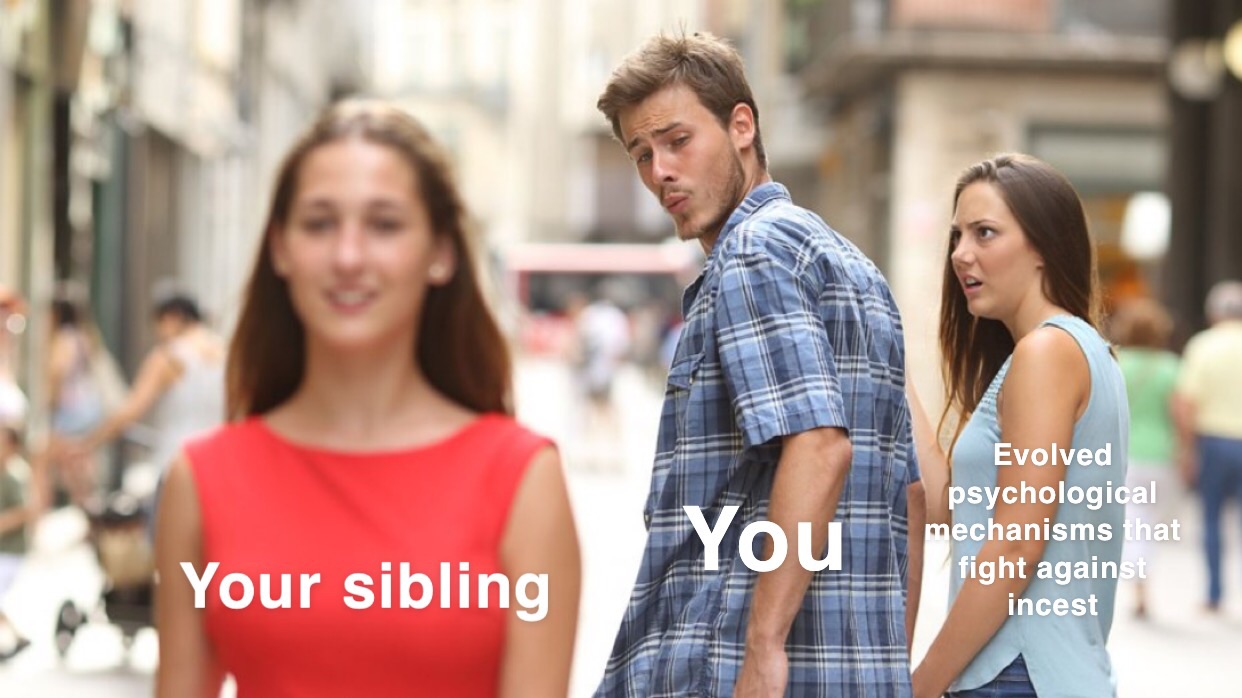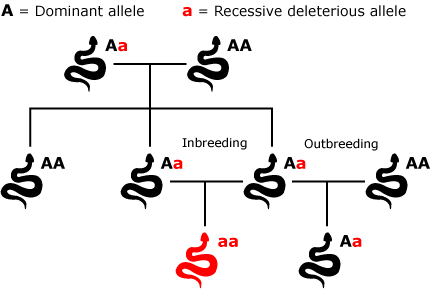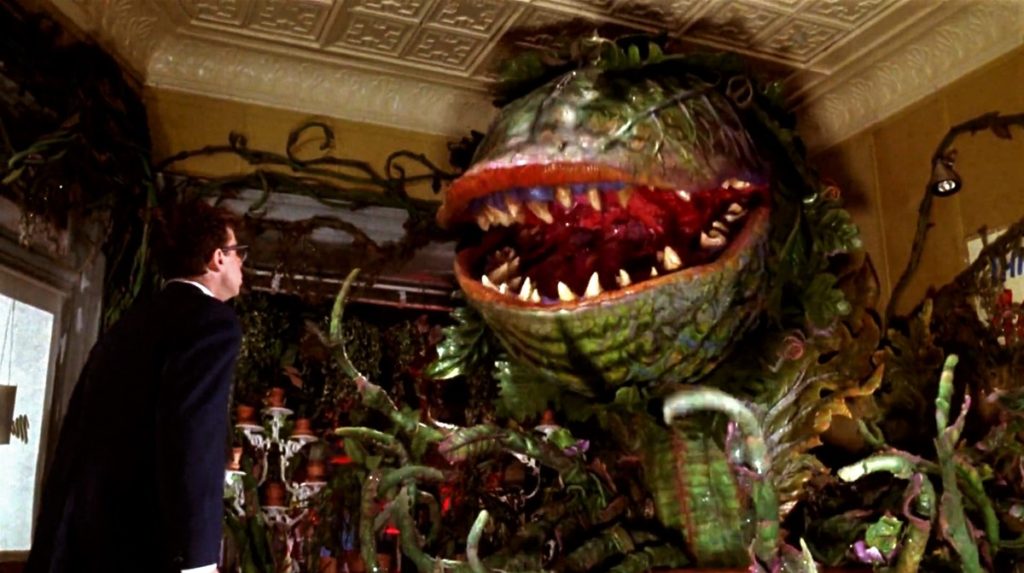There May Be An Evolutionary Reason That You Find Your Brother Gross
By: Allison Tatum, Ashley Rioux, Amoni Young, Carter Smith, Ji’Asia Anderson
Have you ever thought, “Man, my brother is hot!” or “I would date my sister”? No? Well, neither have a lot of people and there may be a reason behind that.
There are not many cases of people jumping into the bed with family members–but why is that? For a long time, the dominant theory (endorsed by Sigmund Freud and many others) was that cultural taboos prevented people from having sex with close family members. For example, an article by the Royal Anthropological Institute of Great Britain and Ireland, discusses the historical social taboos around incest. This perspective suggests that the reason you don’t find your siblings sexually attractive is that society has created a taboo around incest, and that this keeps our animal instincts toward close family members in check.
However, let’s take a moment to imagine that we live in a different kind of culture, say, one that celebrates sex between siblings. Imagine that it is expected that when each child becomes an adult, they will select whom among their siblings they will marry, settle down with, and raise a family with. If you lived in such a culture, then would you feel excited about the prospect of having sex with your brother or sister? I mean why wouldn’t you be happy? Don’t you like your brother? Isn’t your sister super cool, and don’t you two have a bunch of shared interests? And you know everything about each other, and you really like each other–seems like a perfect match!
If you’re still not convinced, you’re not alone. And the fact that this intuition that a sexual relationship with a sibling would just be gross, and not feel right, regardless of what is expected of us culturally or socially, suggests that there might be something beyond taboos that is preventing us from choosing our siblings as mates.
In contradiction to the cultural taboo hypothesis of incest avoidance, other researchers have hypothesized that we may have an innate aversion to incestuous behaviors.

The Evidence
One study, published in the journal Nature, found evidence that supports the notion that humans have inherited mechanisms that allow us to detect family members. The participants were instructed to respond to questions to examine family life as well as any interactions with siblings. Results supported the idea that humans have a “kinship estimator” which allows us to know who our siblings are. This study focused on the Westermarck effect to help prove that humans have these different mechanisms to stop inbreeding.
The Westermarck Effect
How do we learn who our siblings are? In other words, what “cues” are these innate incest-avoidance mechanisms using to determine who is too closely related to us to be an acceptable mate?
Think about a childhood friend of yours that grew up with you like a sibling. Would you ever date or marry that person? If your answer was “not in a million years”, then you are not alone–and this could give us some insight into how our incest avoidance mechanisms work.
An article, published in the journal American Anthropologists, found support for a concept called the Westermarck Hypothesis, which states that children who grow up together are more likely to not want to get together sexually when they get older. The researcher in this study examined children who lived together as young kids who ended up getting married when they were older. These kids were NOT related. However, most of the marriages failed, which supports the idea of the Westermarck Hypothesis.
That’s not all that has been demonstrated. A study published in the British Journal of Developmental Psychology, conducted a study to see if there would be a sex difference in inbreeding avoidance with the effect of socialization during early childhood. Participants provided a list of people they knew that they could marry and categorized them based on different outcome variables, like their kindness, how much time they spent together and of course, whether the two were cousins. They found that females would rather not marry someone that they spent time with during their childhood more than males; however, males seem to show an aversion to cousin marriages.
To add more evidence to the Westermarck hypothesis, as published in the journal Evolution and Human Behavior, there was a study to see if co-residence among siblings does in fact lead to incest aversion. Just brace yourself for this one because this is the point where it gets weird: Researchers had the participants look at different explicit stimuli and asked them to imagine doing these acts with either their partner or older brother. Ew! Though, “ew” is exactly the point that the researchers were trying to make! The fact that there is a disgust response to this kind of study further supports the point that correspondence among children/siblings leads to an “ew” thought about incest.
So, maybe Westermarck was onto something?

Inclusive Fitness Theory
Okay, we know that there’s evidence that we have a mechanism that allows us to detect siblings, but what does society think about this whole concept?
To address this question, in a review published by Emory University, the author focuses on determining why incest avoidance exists. The purpose of this article is to discuss the possible social and biological mechanisms that correlate with inbreeding in various cultures and its prohibitions. Universally, sex between first order relatives are frowned upon, but sexual relations among cousins and other relatives varies on acceptance among cultures. There is debate on the biological predisposition and social factors of inbreeding among humans. One social factor is the idea the mothers play an important role in the development of incest resistance. The relationship between mother and child after birth has the potential to determine the chance of inbreeding at a later age, particularly between the mother and child or later when the child becomes an adult and has children of their own.

Wait…they’re siblings!?
Furthermore, in an interesting study, published in the Journal of Abnormal Psychology, researchers looked into the mindset of incest offenders by showing them different clips of children (importantly, these clips involved NONSEXUAL activities). The researchers based their hypotheses using the inclusive fitness theory, which states that we have inbreeding mechanisms to stop us from committing sexual acts between those with similar genes as us. Their proposed hypotheses were not able to explain the incestuous behaviors of biological fathers, but their study did show that those sexually interested in extended family members were interested in children more than biological fathers.
Cue-Based Recognition
A study, published by the Journal of Experimental Child Psychology, performed a test to examine the scent-based mechanism involved in kin-recognition in humans. The participating families were given t-shirts to wear for two days which effectively left their body odor on the shirts. Then, participants were asked to blindly identify the scent of their relatives by smelling the t-shirts. The rates at which they were able to accurately identify familiar scents may provide evidence that scent recognition is an innate mechanism humans use to avoid mating with kin. Furthermore, participants were able to identify their own family’s odor from non-kin families, even in the cases where they were not able to identify the individual family member. This provides evidence for the phenotypic matching mechanism–suggesting that related individuals have similar features that are recognizable by other members of their kin.
Additionally, a review published by the Review of General Psychology discusses cue-based recognition among kin. These mechanisms include familiarity cues, as well as similarity cues. Familiarity cues are based on the idea that an individual will identify kin as those that they grew up with and will find them less attractive as potential mates. Similarity cues are based on scent recognition, and facial recognition. Individuals tend to identify body odors, and facial appearances that are dissimilar to their own more attractive in a potential mate.
I guess you can say we’ve gotten pretty good at detecting our kin over the years.
Inbreeding Depression
Interesting stuff so far, yeah? So, how does this all help us? In other words, why do we have these innate mechanisms to avoid incest–why not mate with our close relatives?
One concept is inbreeding depression, which states that everyone carries 1 to 10 fatal recessive alleles. Ultimately, if you hook up with someone carrying the same fatal recessive allele, the more likely the chance of your offspring surviving decreases. Offspring also have a higher likelihood of having physical/mental birth defects; this does not translate well to creating a successful lineage, meaning one reason incest may be avoided is because of the desire to have a healthy offspring.
The University of Chicago Press published an article which examined the relationship between incest avoidance and survival. This posed the question as to if we as a species, avoid incest due to the complications it can result in when an offspring is conceived. Thus the idea of incest avoidance being a evolutionary survival technique was born. This simply is stating that due to the complications that coincide with incest born children, incest is now avoided to prevent severe health problems in one’s offspring.

Inbreeding leads to dangerous recessive traits getting passed to offspring
In a review, published by the journal Behavioral Ecology and Sociobiology, there was support found about the dangers of inbreeding depression such as a high occurrence of infant deaths, various types of developmental disorders as well as physical defects.
So, not so good health wise. However, interestingly enough, there may be some additional cues that we humans look for in terms of knowing who and who not to “get with”:
Take-Aways
Psychologists have found that incest is a topic that is met across the board with disgust. The idea of having sexual relations with a sibling is not something many people hope to accomplish or let alone picture in their heads.
However, what if you didn’t grow up with your family member and encountered them years later? What if you didn’t know that they were related to you and you developed feelings for them? How would you proceed with the relationship? The automatic response may be “ew” or “I would know right away,” but that’s not always the case.

It’s definitely unusual, but is it morally wrong?
One example of how a separation between family at a young age can change the outlook on incest is with Kim and her son Ben. Kim gave her son Ben up for adoption when she was just nineteen year old. Flash forward thirty years later, Ben was on a quest to find his birth parents, and received more than he bargained for. Ben and his biological mother Kim reunited and developed romantic feelings for one another. Ben and Kim are now happily engaged and are trying to grow their family by having a child.
Now you’re probably thinking “oh my gosh, how could they feel that way? They’re related!” Well, the truth is, most mechanisms that are learned to help distinguish family members from non-family members are a result from spending copious amounts of time with them during childhood. These kinds of cues appear to be much stronger mechanisms than resemblance or scent cues. Therefore, when presented with someone who the other may find attractive, there is no mechanism that is stopping them from having those feelings. Yes, the topic of incest is still frowned upon by society, but can you really blame them for falling for a stranger?










